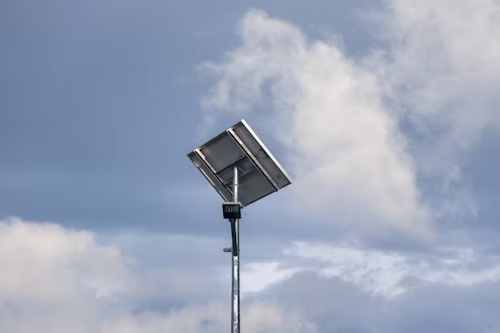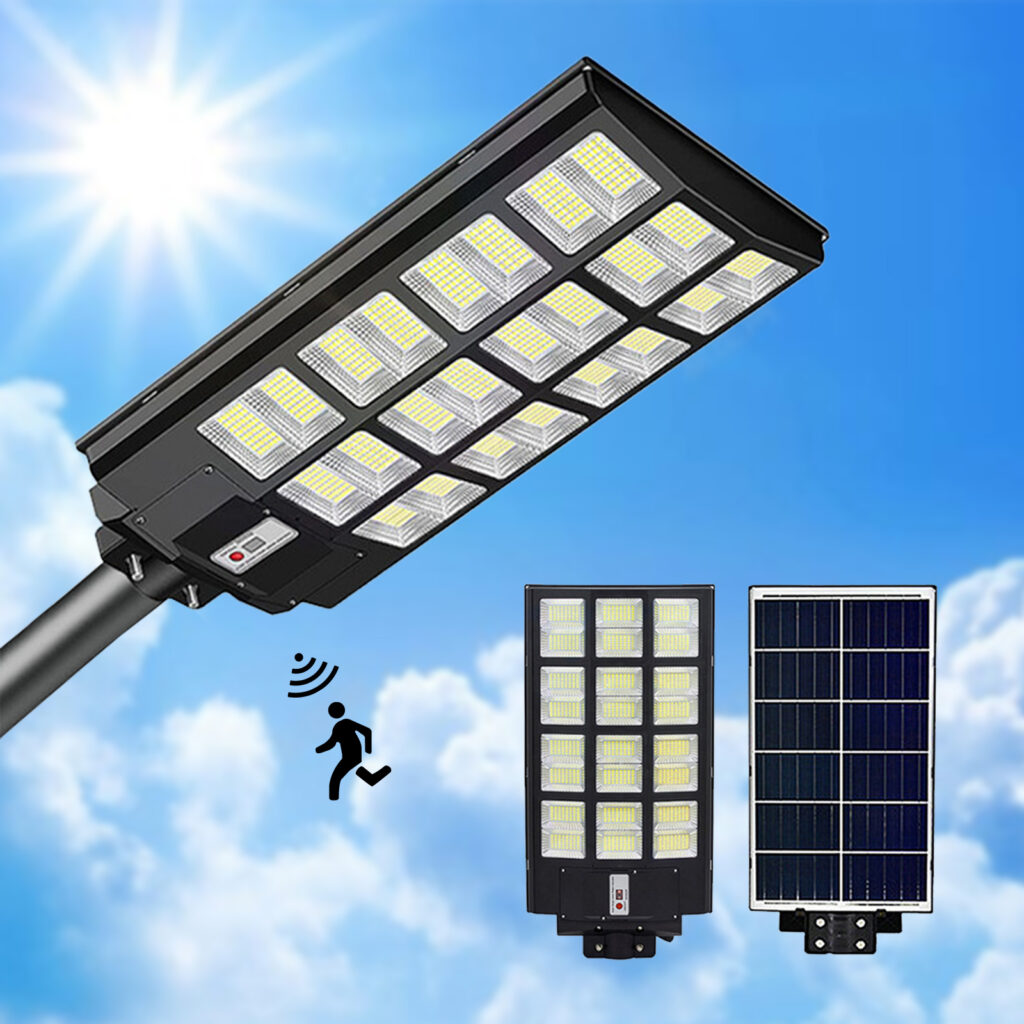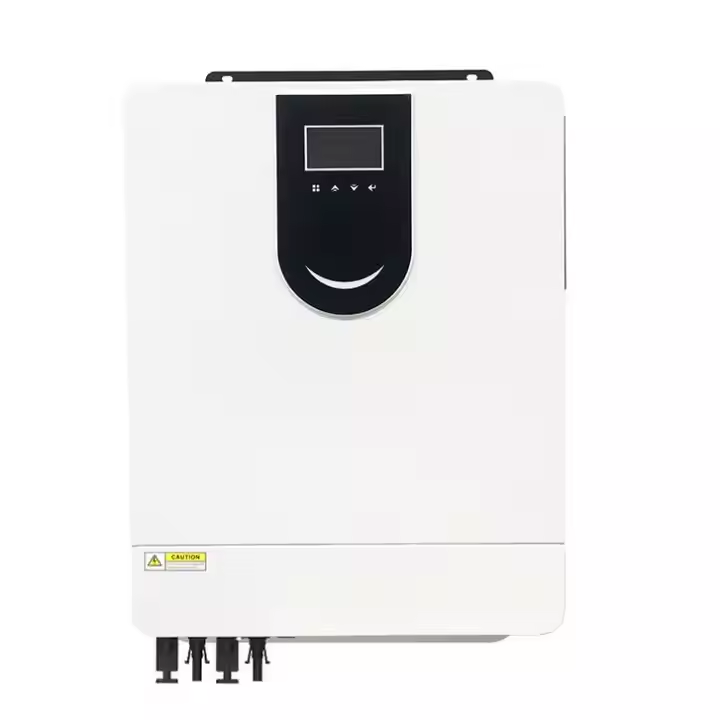Solar street lights equipped with AI cameras are transforming urban safety by deterring up to 90% of burglaries and vandalism. By combining off-grid solar power, smart lighting control, and real-time video analytics, these systems provide visible deterrence, instant alerts, and forensic evidence—all without adding to municipal electricity bills. Below, we explore the technology under the hood, design principles for maximum coverage, real-world results, and best practices for deploying truly “smart” street lighting.
I. The Rise of Smart Light Warfare
Urban crime often spikes under the cover of darkness, exploiting gaps in traditional street lighting. AI-enhanced solar street lights turn every lamppost into a vigilant guardian by integrating solar panels, energy storage, intelligent charge controllers, hybrid inverters, and embedded AI cameras. This synergy illuminates streets and watches over them, acting as both beacon and sentry.
II. Core System Components
A. Solar Lighting Fixtures
High-efficiency solar panels charge onboard batteries during the day, powering LED luminaires at night. Adaptive dimming conserves energy during low-traffic hours while ensuring full brightness when needed LEOTEK.
B. Solar Charge Controllers & Hybrid Inverters
MPPT charge controllers maximize battery charging efficiency, while hybrid inverters manage AC loads and grid-tie functions, ensuring continuous power to lighting and cameras—even in cloudy or grid-down scenarios LEOTEK.
C. AI Surveillance Cameras
Edge-AI cameras detect motion, distinguish humans from animals, and recognize suspicious behaviors in real time. When a potential threat is identified, lights brighten, and alerts are sent to security personnel or local law enforcement Verizon.
D. Network & Management Platform
Connected via cellular, LoRaWAN, or mesh networks, each pole streams video and telemetry to a central dashboard for live monitoring, analytics, and remote configuration 肯尼法律辩护.
III. How AI Cameras Deter Burglaries
A. Visible Deterrence
Bright LED beams track movement, drawing attention to unauthorized activity. The very presence of cameras and dynamic lighting causes 60–90% of would-be offenders to seek easier targets WCCTV.
B. Proactive Alerts and Response
Upon detecting loitering or forced entry, the system can trigger sirens, strobe lights, or automated voice warnings, while instantly notifying responders via SMS or app push notification Verizon.
C. Evidence Gathering
High-definition recordings with timestamped logs provide clear identification and legalproof evidence, bolstering prosecution success rates and reducing repeat offenses Wiley Online Library.
IV. Designing for Maximum Coverage
A. Optimal Pole Placement
Spacing and positioning ensure overlapping light cones and camera fields of view, eliminating blind spots and providing a clear line of sight along sidewalks and building perimeters StateTech Magazine.
B. Power and Data Planning
Calculating solar array sizes, battery capacity, and data bandwidth guarantees uninterrupted operation—typically a 100 W panel, 200 Ah battery, and 4G/LoRa link per pole Solar Street Light Grom Germany.
C. Scalability & Modularity
Plug-and-play modules allow phased deployments: start with critical zones, then expand seamlessly, leveraging the same infrastructure and management platform chintglobal.com.
V. Case Studies & Results
Suburban Neighborhood: Crime dropped by 85% after installing ten smart poles, cutting break-ins and vandalism incidents almost in half within six months engoplanet.com.
Commercial Park: Motion-triggered lighting and cameras reduced after-hours trespassing by 90%, saving thousands in asset theft and damage Verizon.
University Campus: Coordinated network of 50 poles improved student safety ratings by 40% and accelerated response times to security alerts SpringerLink.
VI. Deployment Best Practices
Conduct a Crime-Mapping Survey: Target high-incidence areas first and tailor camera angles to known hotspots.
Engage Local Stakeholders: Work with law enforcement and community groups to define alert protocols and privacy guidelines.
Monitor & Tune: Use analytics to refine motion-detection thresholds, dimming schedules, and patrol routes for continuous improvement.
VII. Future Innovations
AI Behavioral Analytics: Predictive models that learn patterns of suspicious activity and pre-emptively escalate lighting and alerts.
Integrated Acoustic Sensors: Combine sound detection with camera data for faster, more accurate threat identification.
Drone Augmentation: On-demand aerial drones launched from smart poles to assess large-scale incidents.
VIII. Conclusion
Solar street lights with AI cameras offer a powerful, sustainable tool against urban crime—deterring up to 90% of burglaries through visible surveillance, proactive alerts, and reliable evidence collection. By blending renewable energy hardware—Solar Panel, Solar Charge Controller, Hybrid Solar Inverter, Energy Storage Batteries, Solar GEL Battery—with advanced AI and networking, municipalities and property owners can create illuminated, secure environments round the clock. It’s time to adopt “Smart Light Warfare” and reclaim streets with light, intelligence, and deterrence.





